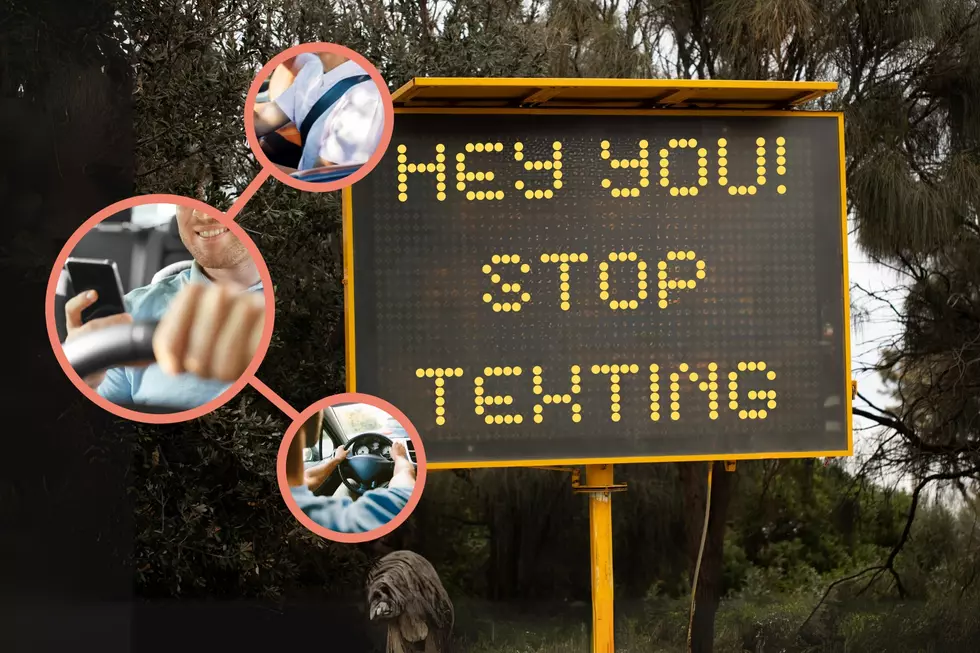
How Do Yakima Valley Schools Decide When to Close Due to Snow?
The forecast is calling for more snow, which means school closures and delays could be in the forecast as well. With schools having a limited number of make-up days built into their calendars, it got me thinking, what steps go into having a school delay -- or flat-out canceling school? In my old stomping grounds of Naches, we hardly ever had snow days, and so I was kind of shocked when they took one this year. I reached out to my former educator and current Naches assistant principal/leaning and teaching coordinator, Mr. Vance Jennings. I asked who makes the decision and what factors come into play when calling for a delay or a school closure?
Here's what he told me:
The decision about late starts or cancellations is made by gathering as much information as possible with multiple people putting their heads together. Two big concerns are whether bus drivers can safely travel the routes, and whether the grounds and maintenance crews will be able to make the parking lots and school grounds safe. During snow events such as we've been having, our head of maintenance is usually out pushing snow by about 3:00 AM. One of his jobs is to communicate (via radio or cell phone) with the transportation director and the superintendent to give reports on conditions. We also contact three bus drivers living in three different directions to get their input, plus check the national weather service and two specific local/micro climate reporting apps.The superintendent and transportation director will drive the roads themselves if there are questions that driving will answer.We also watch "flashalert," a local news app (closed system), that all the local schools and local news outlets use to track what other schools are doing (just to get an indicator). In addition, we network via phone with neighboring districts' transportation directors and superintendents.Criteria for closure include untreated or late developing ice on the roads, unplowed/untreated main roads with a snow build up of more than a couple of inches, and certainly roads that have snow on top of ice! (For us, "main roads" would be Highways 12 and 410, Old Naches Highway and South Naches Road plus their connectors - Allan, Eschbach, Mapleway, Galloway). Even though they are of concern, we cannot wait for the side roads to be plowed; we would NEVER have school then. When side roads are built up/problematic for buses, we call for "alternate snow routes" meaning we don't send buses up those roads for fear of accidents or getting stuck; that means that parents have to deliver their students to the highway or other main road.Really, each event becomes an educated guess because we have to make the decision hours away from the actual start of the school day. When in doubt, we call a two hour delay to give the plows and de-icers a chance to "catch up" and to buy a short window of extra time to see if conditions improve or deteriorate.And, because conditions are not uniform throughout the district or throughout the valley, we know that whatever the call we make, there WILL be detractors. Every. Single. Time.It's the nature of dealing with nature!- Vance Jennings
So for those of us who thought it was something as simple as "4 inches, we're closed," now we know.
More From 94.5 KATS









